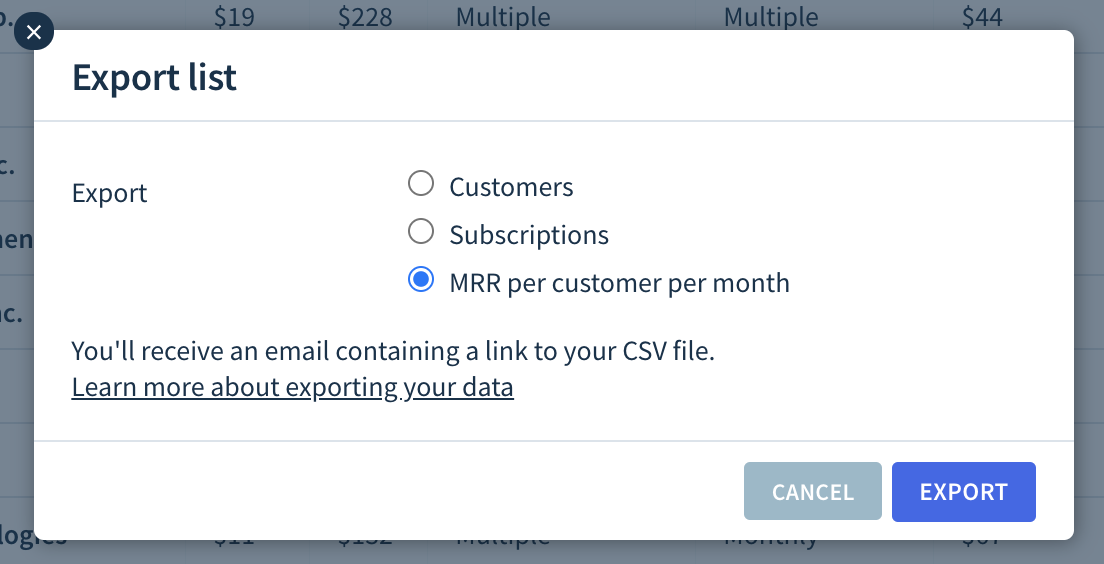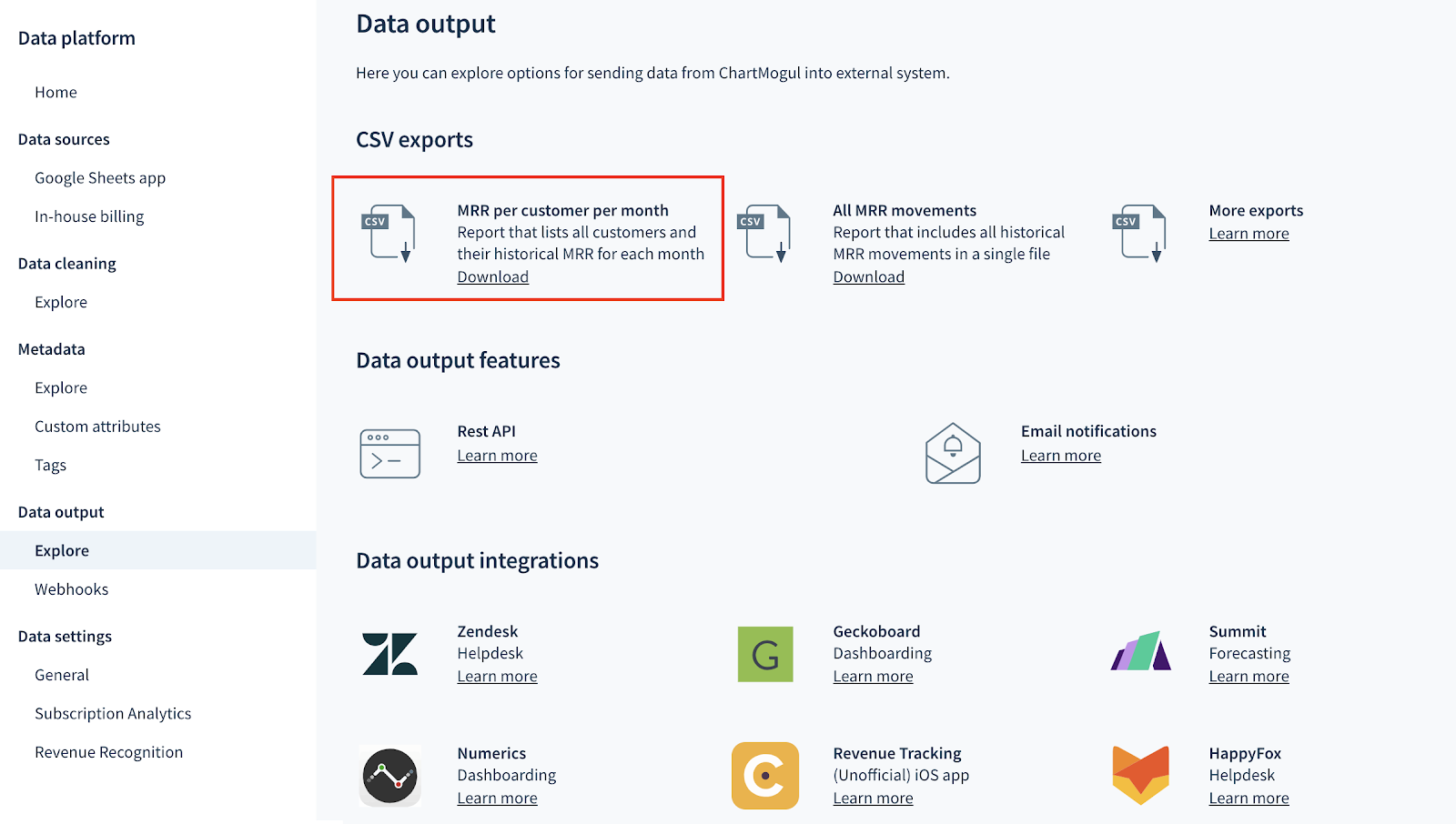When I read the Slack message from our CEO Nick saying that ChartMogul was going to have its first hackathon, I was immediately excited.
The story of our first hackathon
The plan was to create teams of people who do not usually work together with the aim to design and build something new and innovative related to ChartMogul. This did not have to be software — it could be anything, as long as it added value in some way to ChartMogul or our ecosystem.
Even though the end product didn’t necessarily have to be software, teams were divided so that every team had developers.
Before the start of the Hackathon, we all had internal team meetings to brainstorm ideas. On the day the Hackathon started, we made the final decisions on what to build.
It was fun to work on something different from our current sprints, as well as to work with people from other teams, we don’t usually spend much time with.
We are a remote company and by doing a remote Hackathon we faced completely different challenges. But thanks to the hackathon, we even managed to release a new feature that we are launching today!
Being a remote company means that we work in different timezones. We are used to it in our day-to-day work. But here, we had only one day to work on what we believed was a winning idea.
The day kicked off with pre-hackathon meetings to allow the teams to align on their projects and even do some early work on the specs so that developers could hit the ground running. This meant that we had to be careful with how we structured the projects — to rank the specifics by order and to find a way to use the different timezones as a strategic advantage.
Picking the winning team
After the hackathon ended, everyone was invited to review other teams’ projects, and we all voted for our top two favorites (naturally, we weren’t allowed to vote for our own team!)
Congratulations to Team SnapMogul on winning the first prize!
Although SnapMogul hasn’t made it into our product yet, the team working on it imagined it as a web-based service that lets you generate images of your ChartMogul charts which you can easily share through other social platforms like Twitter and LinkedIn.
The feature was always popular and the team had a great video as well as a funny explanation of the service they built! I believe the secret to their success was the combination of something that’s both funny and useful. From looking at the video it was clear that they as a team had a lot of fun:
This was one of the most diverse teams, with members coming from Belarus, the Philippines, South Korea, and Tunisia.
Introducing MRR per customer per month!
We had an avalanche of great ideas during the hackathon: there were 8 specific ideas coming from 9 teams! 2 of the teams had the same idea and built the same thing, so after the hackathon was over we decided to work on building this into a production-ready feature.
MRR per Customer per Month has been one of the most requested features by our users ever since VCs started using this data as an input in their investor reporting spreadsheet templates:

As there was previously no way to export this report directly from within ChartMogul, our success team created a workaround to export this data. It required quite a bit of work in Excel and it is a significant improvement to have it integrated into our application.
The 2 teams that chose to work on this idea for the Hackathon had slightly different approaches towards it. We picked the best parts of the ideas from the two teams and combined them into a production-ready feature.
The MRR per customer per month export aligns with our company’s goal of making it super easy to export useful data out of ChartMogul.
From Hack to Feature: Challenges getting it into production
The implementations done for the hackathon were both impressive but had their shortcomings and did not handle all use cases neatly. For instance, one did not work with filters applied, whereas the other one was not neatly integrated into the application. There were also other minor bugs that would emerge in different testing scenarios.
To help with feature discoverability we made the feature present in both the Data platform > Output section and the Customers section of the application. Exporting from Customers supports filtering the data, while the export from within Data platform exports everything.


Check out our Help Center to learn how to export customers and subscriptions.
Hackathon outtakes
It is a pleasure to work with very skilled and creative people. This opportunity allowed us all to get an insight into other people’s ideas as well as what are the parts of our product that they would like to improve.
We were all amazed at the number of great ideas that teams came out of the hackathon. In our first town hall meeting after the hackathon people were already asking when we will hold our next one.
I, for one, can’t wait!
